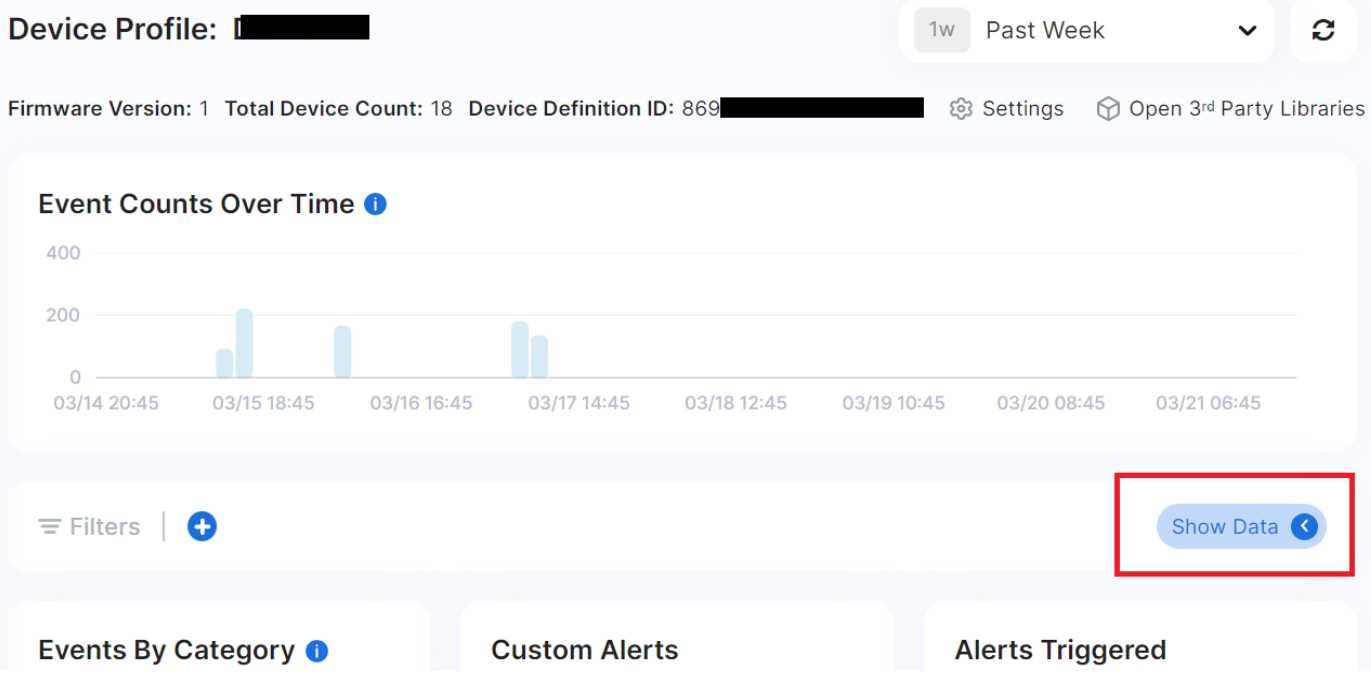Linux CI/CD Integration
This document explains the general steps required to integrate EIV to a CI/CD system that builds Linux-based firmware.
Make sure to verify the linux system requirements before attempting to install EIV.
EIV Artifacts
The Linux EIV software package contains the EIV binary, libraries and configuration files required to install EIV in a Linux-based firmware. The key files are:
EIV Communication service: Responsible for communication with the Sternum Platform via a TLS encrypted communication channel.
- Requires root permissions.
EIV Security service: Responsible for deploying the cyber security runtime protection into the entire user-space.
- Requires unrestricted root permissions.
Configuration file.
List of files:
| File | Type | UID/GID | Permissions | Description |
|---|---|---|---|---|
| libsternum.so | Shared object | root | -r--r--r-- | EIV protection and monitoring |
| sternum_sec | Executable | root | -r-xr--r-- | EIV protection service |
| sternum_com | Executable | root | -r-xr--r-- | EIV communication service |
| configuration.json | Configuration file | root | -r--r--r-- | EIV configuration file |
Integration Prerequisites
One time configuration is needed when integrating to the build system:
Update the firmware configuration to allow outgoing TLS network connections to remote port TCP:5001.
Configure the Device Profile Identifier: Each firmware release is identified by a Device Profile Identifier. New Device Profile Identifiers are obtained from your Sternum Platform account. You need to set the Device Profile Identifier to the device_definition_id json property value in the configuration.json file.
- Open the /opt/sternum/configuration.json file with a text editor and replace the device_definition_id property value 1234 with your Device Profile Identifier value:
{
"communication": {
"dashboard_domain": "127.0.0.1",
"dashboard_port": 5001,
"transmission_delay_seconds": 60,
"device_definition_id": 1234,
"cool_down_in_miscroseconds": 300000,
...
- Open the /opt/sternum/configuration.json file with a text editor and replace the device_definition_id property value 1234 with your Device Profile Identifier value:
Create the appropriate startup commands/files (e.g. initd or systemd service files) to start Sternum components upon boot.
The general way to start EIV services is:- To start the sternum_com service:
cd /opt/sternum ; /opt/sternum/sternum_com /opt/sternum/configuration.json - To start the sternum_sec service:
/opt/sternum/sternum_sec /opt/sternum/libsternum.so
Examples of service files are provided in the package and below.
- To start the sternum_com service:
EIV Monitoring and Protection Modes
EIV provides both protection and monitoring by default. It can also be configured to run in a monitoring-only mode, which provides reporting of detected attacks without prevention. Contact Sternum if you need to run EIV in that mode.
Installation Steps
An automatic installation process shall include the following steps:
- Create /data/sternum directory on a persistent RW filesystem in the firmware
- Create /opt/sternum directory on a persistent RO filesystem (if possible) in the firmware
- Copy EIV artifacts with the appropriate permissions to /opt/sternum/ (see EIV Artifacts table above)
- Install/configure the startup files/commands (see Integration Prerequisites section above) in the Linux image.
Verifying EIV installation
- (Re)Boot the device/firmware
- Verify that sternum_com service is running: Run:
pidof sternum_comorps | grep sternum_com- Or if using systemd, by running the systemctl status command:
systemctl status sternum_com.service
>sternum_com.service loaded active running Sternum communication service
Verify that sternum_sec is running: Run:
cat /proc/*/maps | grep sternum
and check for record(s) of libsternumConnect to your Sternum Platform account and navigate to your device profile from the Sternum Platform Device Profile View. See also Device Profile. On the Device Profile screen, click Show Data button on right-middle of the screen (shown in the red box below):

Then verify that some data is received from your device (you should see your device identifier in the Device Id column of the table), for example Process Exit, Execute or Fork events:

Examples of service files
sternumcom.init
#!/bin/sh /etc/rc.common
START=80
STERNUM_DIR=/opt/sternum
STERNUM_APP_NAME=sternum_com
STERNUM_APP=$STERNUM_DIR/$STERNUM_APP_NAME
start() {
echo "Starting $STERNUM_APP"
cd $STERNUM_DIR ; $STERNUM_APP $STERNUM_DIR/configuration.json &
}
stop() {
echo "Stopping $STERNUM_APP"
killall $STERNUM_APP_NAME
}
sternumsec.init
START=80
STERNUM_DIR=/opt/sternum
STERNUM_APP_NAME=sternum_sec
STERNUM_APP=$STERNUM_DIR/$STERNUM_APP_NAME
start() {
echo "Starting $STERNUM_AD $STERNUM_DIR ; $STERNUM_APP /lib/libsternum.so
}
stop() {
echo "Stopping $STERNUM_APP"
killall $STERNUM_APP_NAME
}